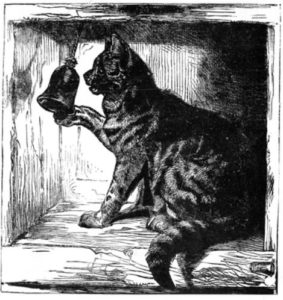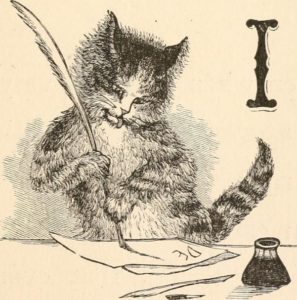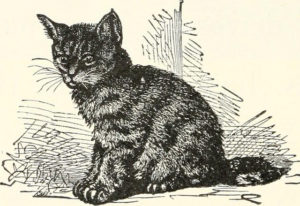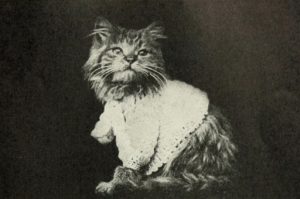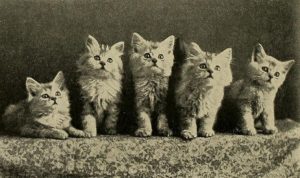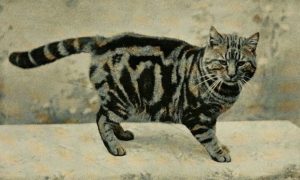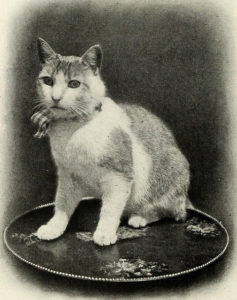
101st chat, Tuesday March 6 2018: patron privacy
6pm Pacific / 7pm Mountain / 8pm Central / 9pm Eastern
moderated by @zoefisher_
Storify (pdf, html) by @violetbfox
Previous critlib chats about privacy:
- privacy education in libraries (December 2015)
- critical perspectives on data surveillance and the privatization of higher ed (June 2015)
Suggested resources:
- “Not in the Clear: Libraries and Patron Privacy,” Barbara Fister, 12 Feb. 2015, https://www.insidehighered.com/blogs/library-babel-fish/not-clear-libraries-and-privacy.
- “Privacy: An Interpretation of the Library Bill of Rights.” Library Bill of Rights. American Library Association, http://www.ala.org/advocacy/intfreedom/librarybill/interpretations/privacy.
- “Privacy.” Advocacy, Legislation, and Issues. American Library Association, http://www.ala.org/advocacy/privacy.
- NISO Consensus Principles, Dec. 2015, https://groups.niso.org/apps/group_public/download.php/16064/NISO%20Privacy%20Principles.pdf.
Discussion questions:
- Q1. Does your library have a public statement about patron privacy? How was it created? How is it used? #critlib
- Q2. How is the concept of privacy culturally constructed? What stereotypes about privacy do we attach to certain cultures or groups of people? #critlib
- Q3. From your perspective, what risks to patron privacy are acceptable in order to provide library services? #critlib
- Q4. How are library workers complicit in eroding and compromising patron privacy? #critlib
- Q5. What are some steps taken by your library to uphold patron privacy? What projects/initiatives around patron privacy would you like to develop at your library? #critlib
